

Technology
The Application of Automatic Filling Machines in the Dairy Industry
Automatic filling machines have become essential in the [ ]
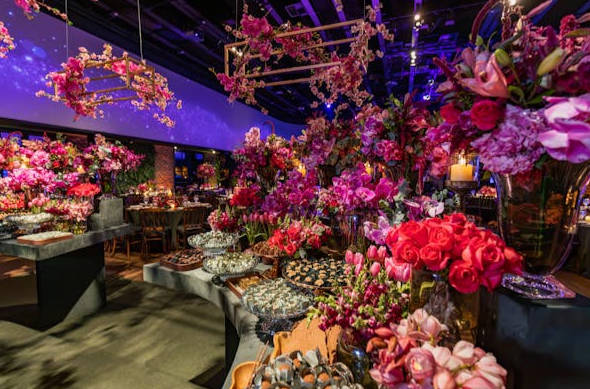
Lifestyle
Artificial Flowers Bulk Supply: A Sustainable Choice for Business Decor
As sustainability will become a center cost for agencie [ ]
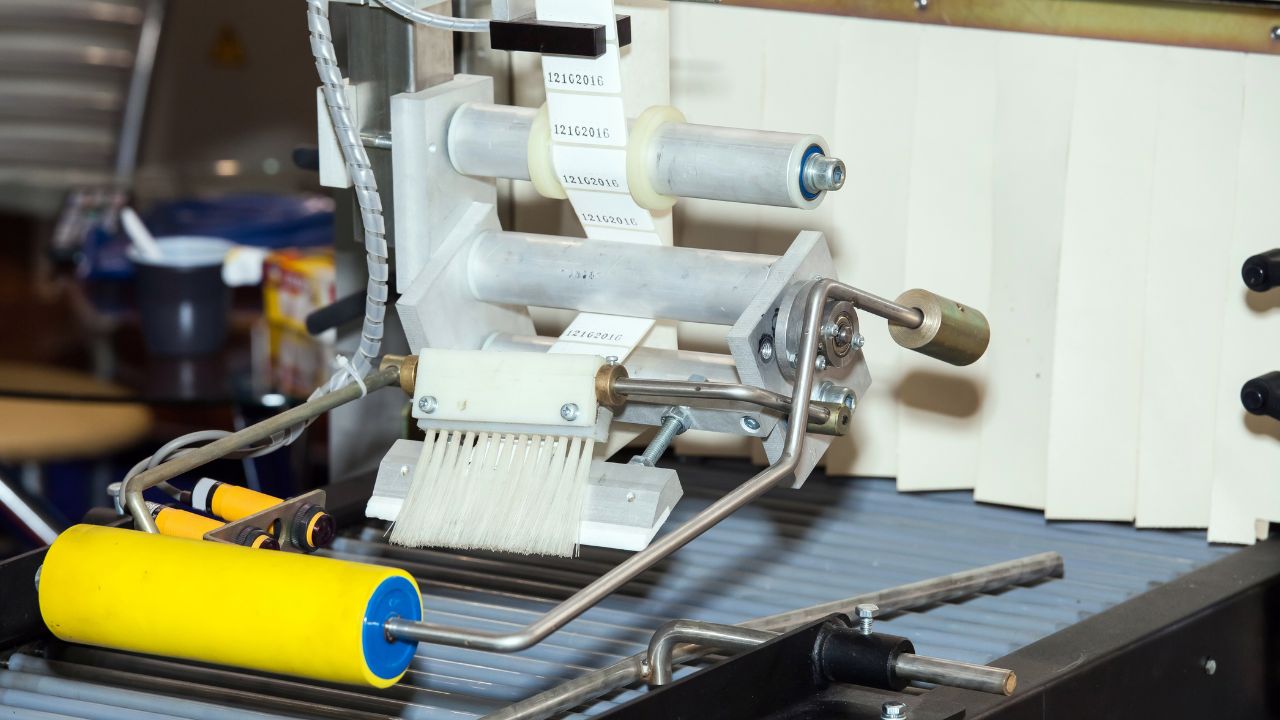
Technology
Label Supply for Pharmaceutical Labeling Machines
Pharmaceutical labeling machines are crucial components [ ]
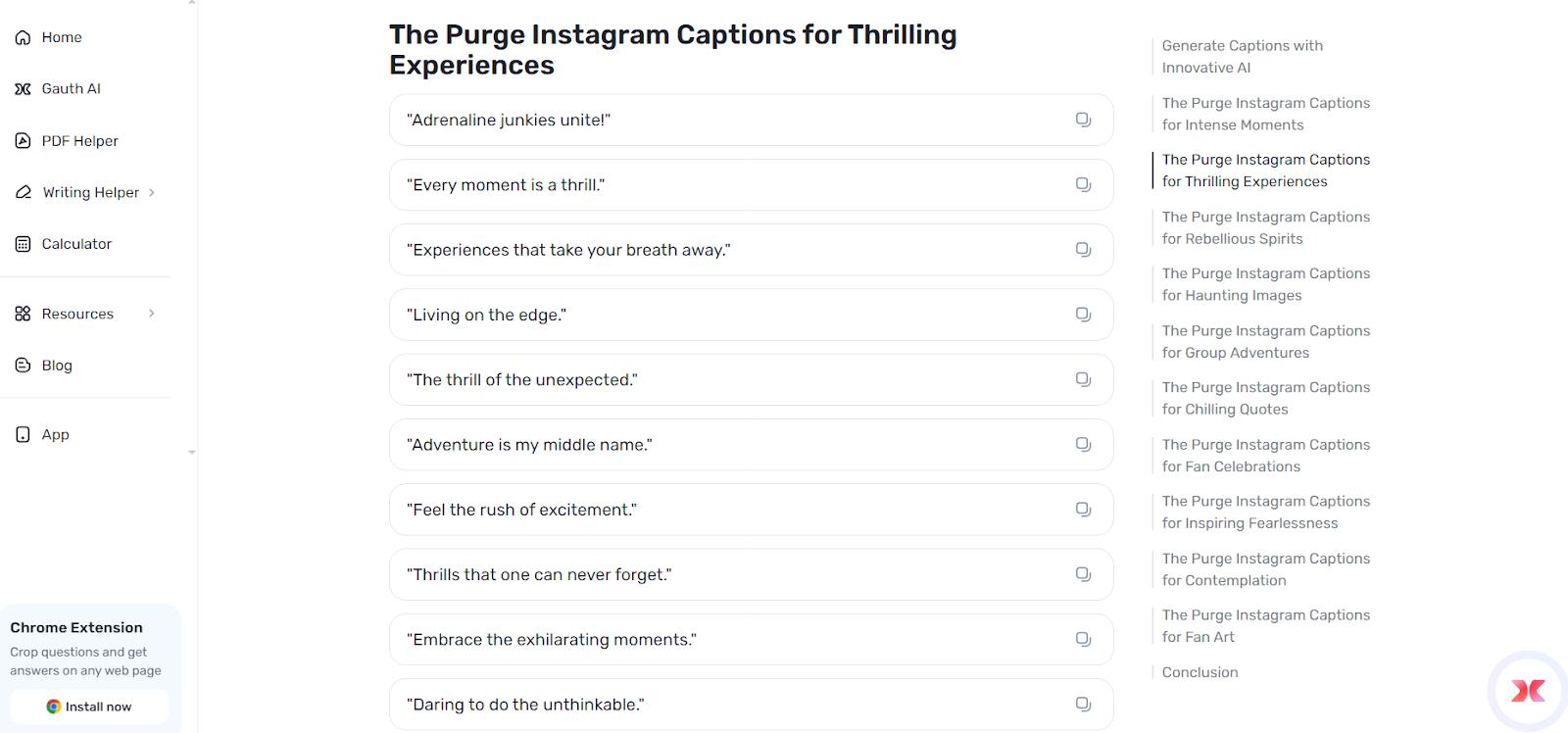
Technology
Top Trending Purge-Inspired Instagram Captions for Every Moment
The world of Instagram thrives on creativity, and capti [ ]

Lifestyle
How Small Stuffed Animals in Bulk Help to Increase Business
Stuffed animals are attractive toys that every kid love [ ]
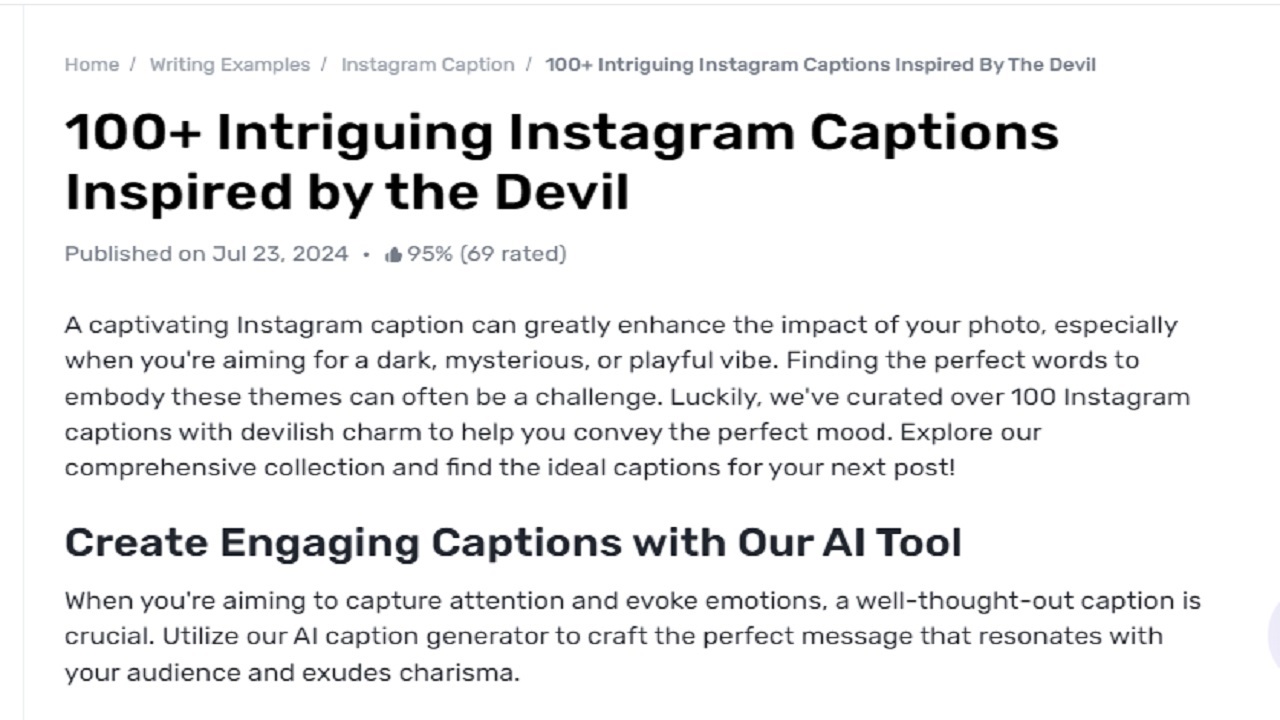
Lifestyle
Honoring the Magnificence of darkness with Gauth
In a world where everything is illuminated, people do n [ ]

Lifestyle
Simple Guide to Dressing Your Dog
As a dog owner, you might have wondered how to dress yo [ ]
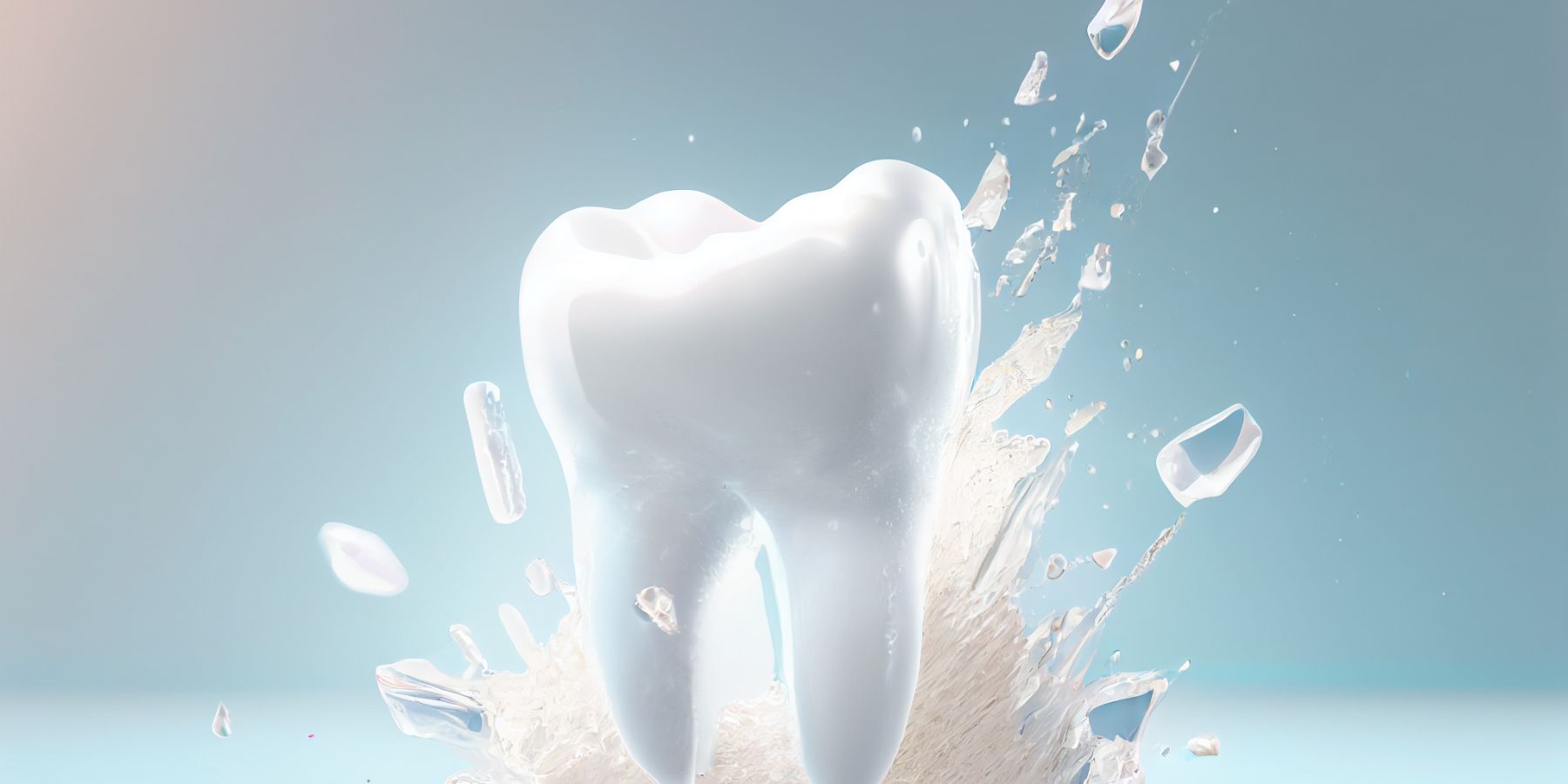
Lifestyle
Drinking Water Before an Ultrasound – What You Need to Know
Ultrasound is a common medical imaging technique that u [ ]
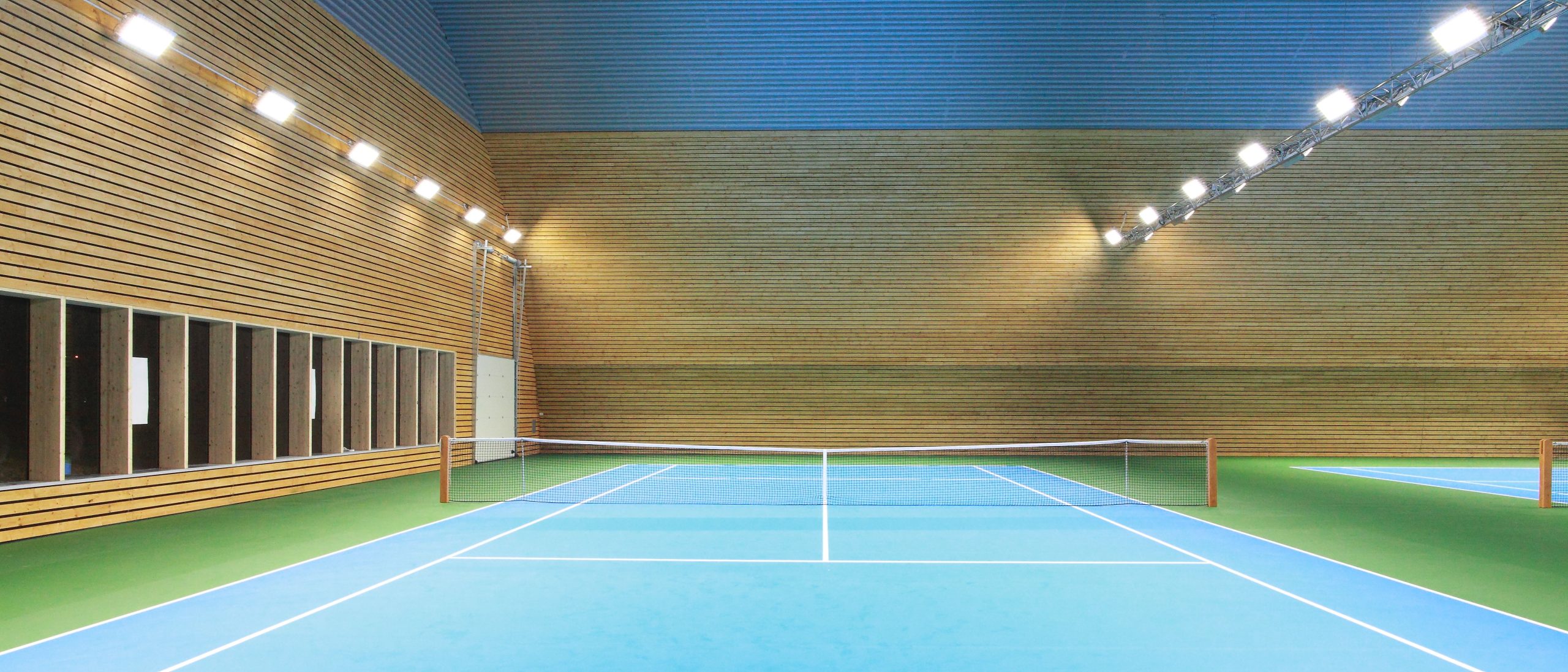
Technology
Tennis Court Lighting: Regulations and Requirements
Playing tennis demands an environment where precision, [ ]
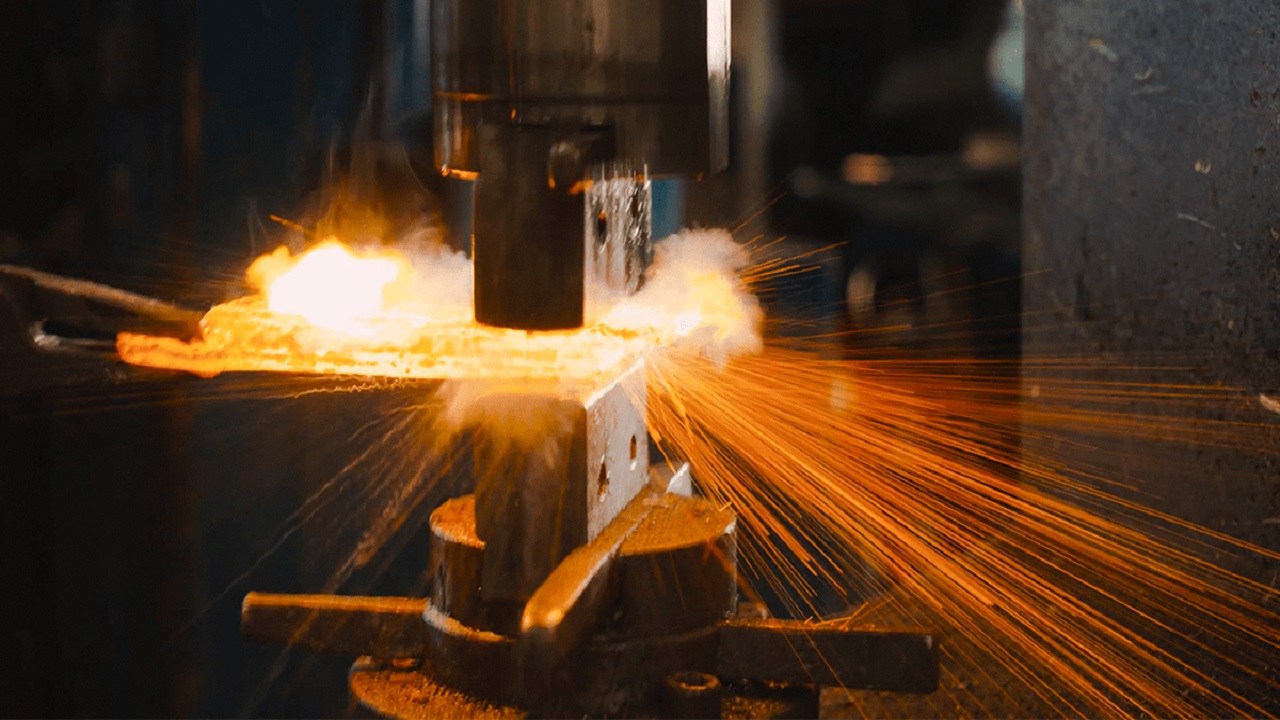
Technology
Cold Forging for Electrical Products and Motors: Why It Matters
In the realm of manufacturing and engineering, innovati [ ]
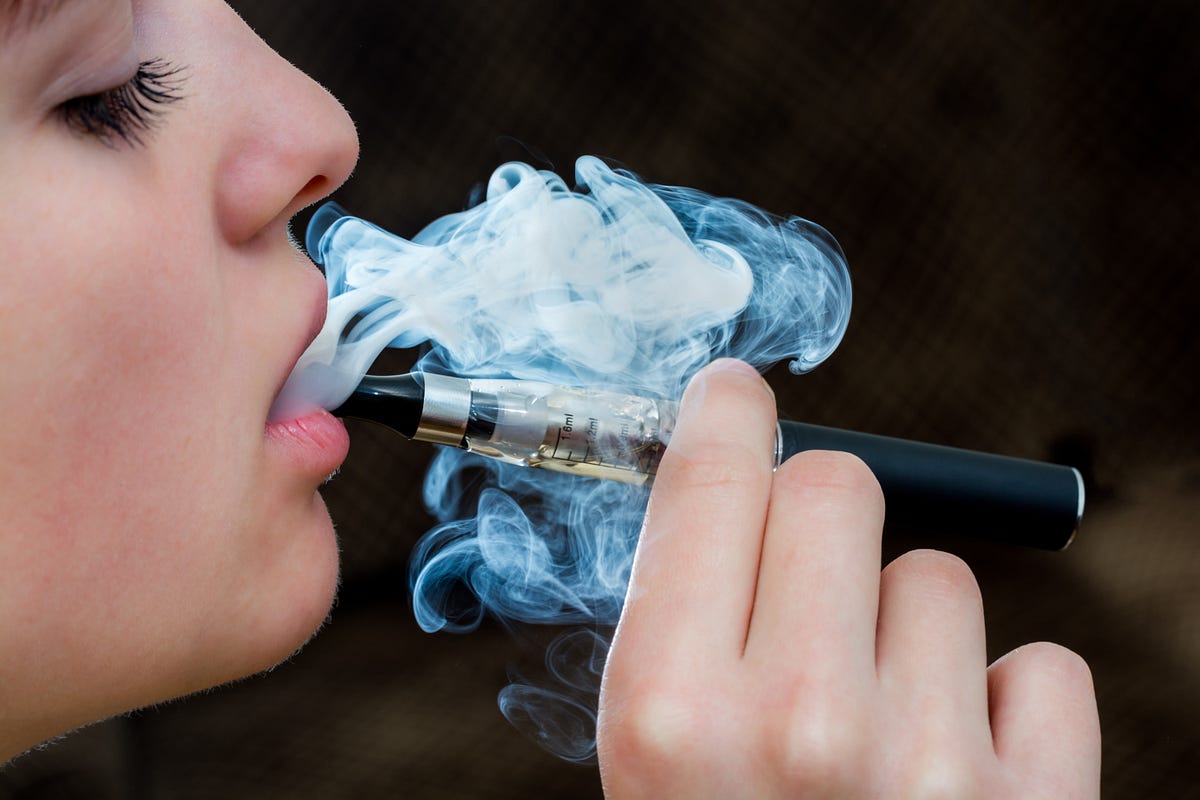
Technology
Vaping Trends: Exploring the Latest Innovations
Over the past decade, vaping has swiftly evolved from a [ ]
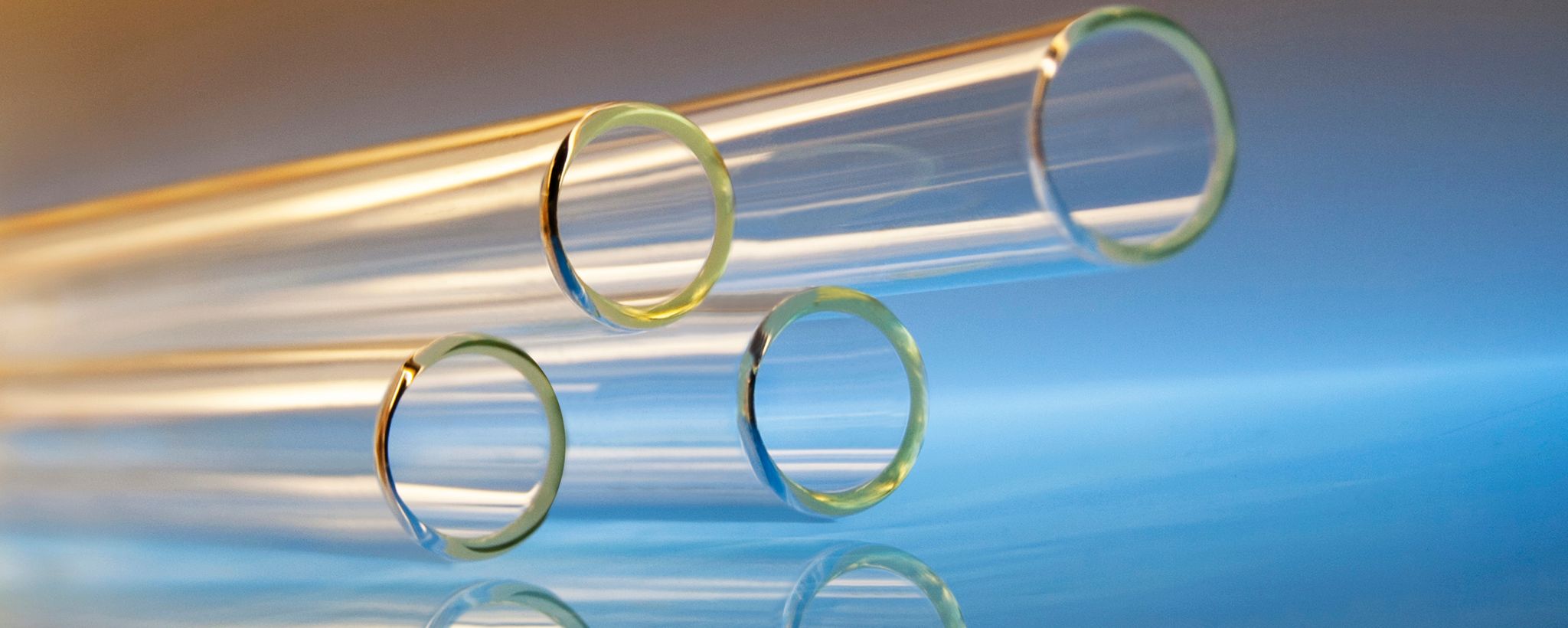
Technology
The Exceptional Properties of Borosilicate Glass Tubes
Borosilicate glass tubes are an extraordinary material [ ]
